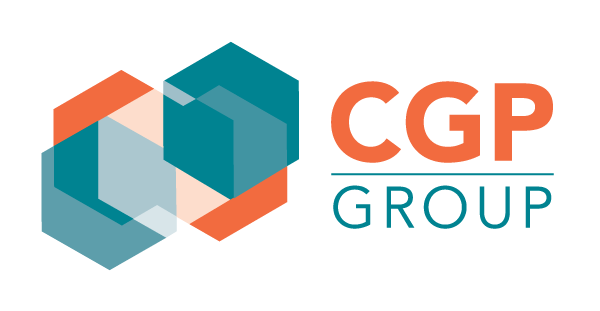In our work with small businesses, we’ve discovered that professional development doesn’t need a big budget to make a big impact. Let’s explore how you can create meaningful growth opportunities that keep your team engaged and growing, without straining your resources.
Internal Learning Programs That Work
We’ve seen remarkable results from businesses that leverage their existing talent and resources for professional development.

Mentorship Programs
Pair experienced employees with newer team members. It costs nothing but time and creates valuable connections that make people think twice before leaving.
- Create structured mentorship pairings
- Develop clear mentorship guidelines and goals
- Schedule regular check-ins and progress reviews
- Rotate mentorship roles to spread knowledge
Skill-Sharing Lunches
Every month, one of our team members teaches others about their expertise – from the latest news and software tricks to client communication strategies. It’s professional development that only costs the price of lunch.
- Organize regular learning sessions led by team members
- Create internal workshops focusing on core competencies
- Develop lunch-and-learn programs
- Establish cross-training opportunities between departments
Maximizing Free and Low-Cost Resources
Today’s work places have unprecedented access to professional development resources. Here’s where to find them and how to use them:
Online Learning Opportunities:
- Curate free online courses relevant to your industry
- Subscribe to industry-specific webinars and podcasts
- Create study groups for online certifications
- Utilize YouTube channels and educational content
Industry Connections:
- Join professional associations
- Participate in local business groups
- Attend industry meetups and events
- Build relationships with complementary businesses
Internal Resources:
- Create a knowledge library
- Document best practices and procedures
- Develop training materials
- Share conference learnings
External Opportunities:
- Partner with other small businesses for training
- Negotiate group rates for courses
- Share costs of bringing in experts
- Utilize community college resources
Creating Growth Paths
We’ve found that employees stay longer when they can see their future within your organization. Here’s how to create clear growth opportunities:
Career Planning:
- Develop clear job progression frameworks
- Create skill development roadmaps
- Establish milestone achievements
- Set regular career discussion checkpoints
Leadership Development:
- Identify potential future leaders
- Provide progressive responsibility increases
- Create project lead opportunities
- Offer decision-making experience
Creating Growth Paths
Here’s how to get started with your professional development program:
- Assess current team skills and desires
- Identify priority development areas
- Create a realistic training calendar
- Start with pilot programs
- Gather feedback and adjust accordingly
Moving Forward
Remember, professional development is an investment in your business’s future. Starting small and building consistently will create a culture of continuous learning that benefits everyone.
Other articles in our series:
Looking for more specific guidance on building your professional development program? Our team is here to help you create a custom strategy that fits your business needs and budget.








